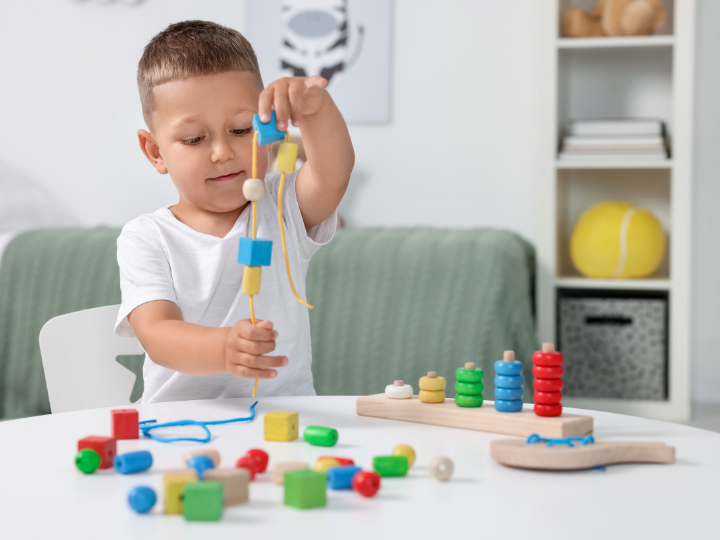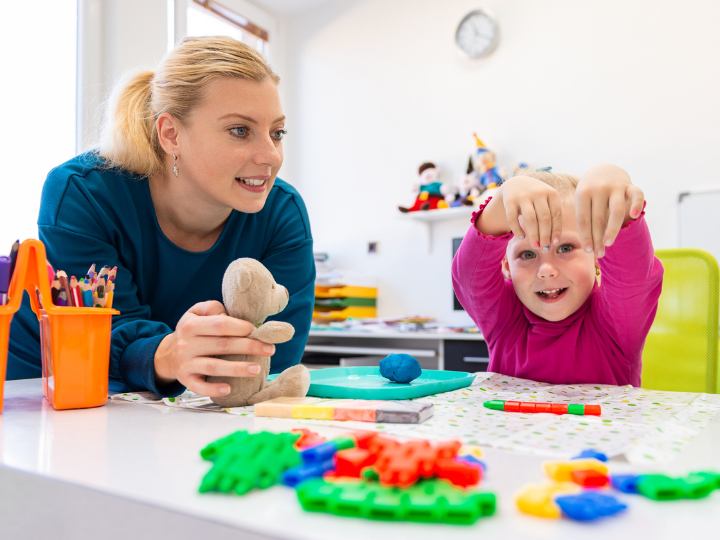How Poor Motor Planning Affects Handwriting, Dressing, and Play

Strong 8k brings an ultra-HD IPTV experience to your living room and your pocket.
Motor planning is an essential but often overlooked part of child development. It’s what allows children to think about a movement, plan it, and then carry it out successfully. Whether it’s holding a pencil, getting dressed, or joining in on a playground game, motor planning plays a key role in everyday life.
When children struggle with motor planning, it can impact their ability to participate in daily activities — which, in turn, can affect their confidence, learning, and social development. In this blog, we’ll explore how poor motor planning can interfere with handwriting, dressing, and play, and what parents can do to help.
What Is Motor Planning?
Understanding Praxis in Childhood
Motor planning, also known as praxis, is the brain’s ability to create a plan for a movement and then follow through. It’s not just about muscle strength — it’s about coordination, sequencing, and adapting movements as needed.
Children with poor motor planning may know what they want to do but have difficulty figuring out how to begin or complete a task. This can lead to frustration, avoidance, and low self-esteem if not addressed early.
Handwriting and Motor Planning: The Invisible Connection
Why Handwriting Can Be So Challenging
Handwriting isn’t just about learning letters — it’s a complex motor task. Children must:
Hold the pencil correctly
Use the right amount of pressure
Control hand and finger movements
Plan where each letter and word should go
Poor motor planning can cause handwriting to be:
Slow and laboured
Illegible or inconsistent
Avoided entirely due to frustration
Common Red Flags
Parents and teachers may notice that a child:
Struggles to form letters or write on lines
Reverses letters or forgets how to form them
Tires quickly or becomes anxious during writing tasks
Addressing motor planning early can improve handwriting fluency and boost classroom participation.
Dressing: A Daily Task Made Difficult
The Impact on Independence
Getting dressed may seem simple, but it requires multiple coordinated actions:
Choosing the correct item
Figuring out the sequence (shirt before jumper, socks before shoes)
Managing fasteners like buttons, zippers, or laces
Poor motor planning can result in:
Taking a long time to get dressed
Putting clothes on backwards or in the wrong order
Frustration or meltdowns during the morning routine
Supporting Dressing Skills
Children benefit from:
Visual step-by-step dressing charts
Practising with clothes that have easy fasteners
Breaking the task into smaller steps to reduce overwhelm
By strengthening motor planning, children can build greater independence in self-care tasks.
Play and Social Interaction: More Than Just Fun
The Role of Motor Planning in Play
Play helps children develop social skills, coordination, and creativity. But poor motor planning can prevent a child from:
Joining in team games or playground activities
Understanding rules or sequences in games
Coordinating movements like climbing, jumping, or riding a bike
This may lead to social withdrawal or being left out of peer groups, impacting a child’s emotional wellbeing.
Encouraging Inclusive Play
To support a child with motor planning difficulties:
Offer structured play opportunities at home
Use turn-taking games or obstacle courses that build sequencing
Praise effort, not just skill, to build confidence
Inclusive and supportive play environments can help children practise skills without pressure.
When to Seek Professional Support
Knowing the Right Time to Act
If your child consistently struggles with tasks involving coordination, sequencing, or completing multi-step movements, it may be time to consult a professional.
An occupational therapist can:
Assess your child’s motor planning abilities
Identify specific challenges with dressing, handwriting, or play
Develop a personalised plan to build motor skills and confidence
How Occupational Therapy Can Help
Tailored Strategies for Real-Life Tasks
Occupational therapy focuses on practical, everyday tasks that matter most to your child. Interventions may include:
Fine motor games for handwriting
Dressing routines using visuals or repetition
Gross motor activities to build coordination and sequencing
Therapists work closely with parents to ensure strategies are carried over at home and in school.
Supporting Your Child at Home
Small Steps Make a Big Difference
Parents play a vital role in developing motor planning. You can:
Break tasks into manageable steps
Use verbal cues or prompts
Encourage repetition through play
Allow extra time to complete tasks
Always celebrate small wins — even if it takes longer. Confidence builds with every successful attempt.
Motor planning plays a major role in how children learn to navigate the world — from picking up a pencil to getting dressed and joining in on games. When children struggle in these areas, it’s not just about being “clumsy” or “slow” — it’s often a sign they need extra support.
Note: IndiBlogHub features both user-submitted and editorial content. We do not verify third-party contributions. Read our Disclaimer and Privacy Policyfor details.



